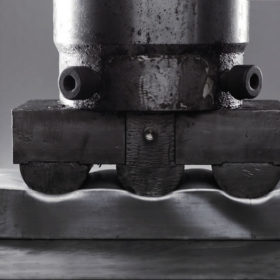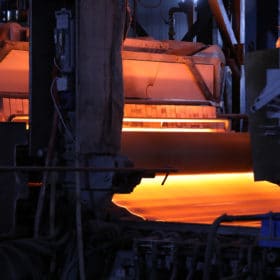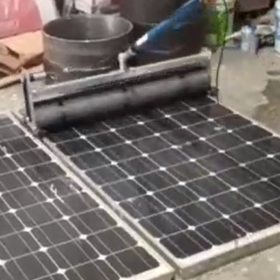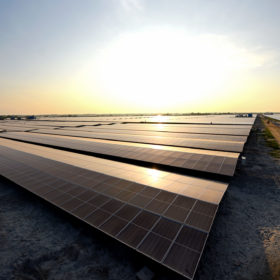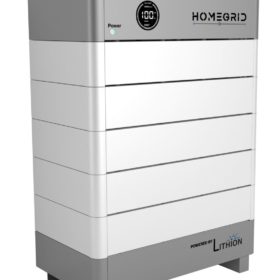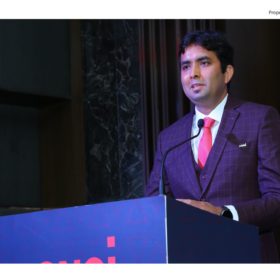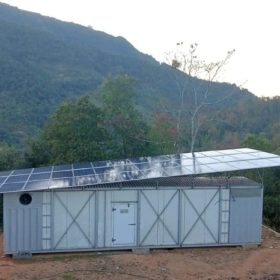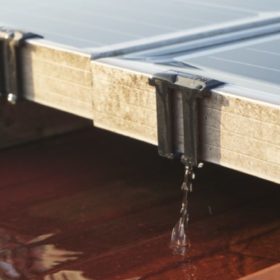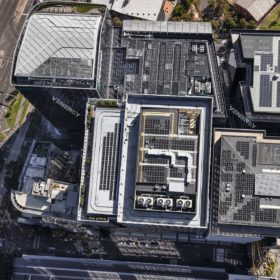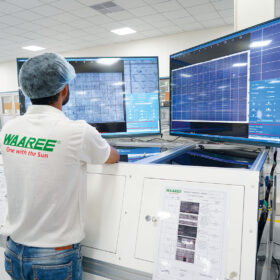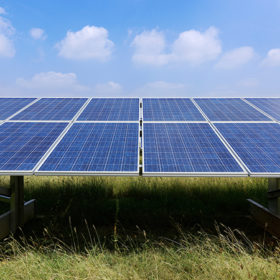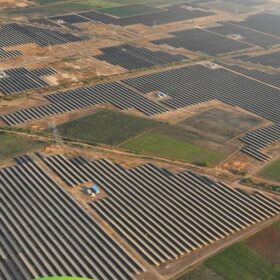Bhago Mobility acquires stake in lithium battery supplier Pastiche
Bhago Mobility Solutions, the green energy vertical of automotive parts manufacturer Modern Automotive, will invest $16 million in a partnership with Pastiche. They plan to jointly develop solid-state and lithium-ion batteries for electric mobility and energy storage.
Borosil Renewables posts 28% net sales increase for FY 2021-22
Borosil Renewables, an Indian solar glass manufacturer, has recorded net sales of around INR 644 crore ($83 million) for fiscal 2021-22. It operated almost at full capacity throughout the year and sold out of everything it produced.
Handheld tool to clean rooftop solar panels
Mumbai-based Cleo Tech has developed a battery-powered, handheld tool for scratch-free, dry cleaning of solar panels. The tool’s cleaning brush clings end-to-end on the aluminum frames of the panels, avoiding direct contact of the moving parts with the cells, other than the soft nylon bristles.
Bangladesh secures $200m from Asian Infrastructure Investment Bank to support renewables
The China-led Asian Infrastructure Investment Bank (AIIB) has extended a $200 million long-term credit facility to Bangladesh to finance a range of infrastructure projects, including renewable energy expansion.
Stackable home battery with 9.6 kWh to 38.4 kWh of capacity
Lithion’s Stack’d Series LFP batteries are modular and can be scaled in 4.8 kWh increments, from 9.6 kWh to 38.4 kWh.
Longi surpasses 7 GW of monocrystalline solar panel shipments to India
Chinese PV module manufacturer Longi has surpassed 7 GW of shipments to India, less than six years after launching its operations in the country.
Azure Power appoints new CEO
NYSE-listed Azure Power has appointed IndiGrid’s Harsh Shah as its new chief executive officer. Shah succeeds Ranjit Gupta, who left Azure Power after contributing to the company’s growth for three years.
Multi-chamber solar cold storage system
Uttar Pradesh-based Inficold has developed a multi-chamber, solar-powered cold storage solution that facilitates the storage of multiple perishable commodities in different temperature-controlled chambers, all under their respective ideal storage conditions.
New water-draining device for rooftop PV systems
Portuguese startup Solarud has developed a way to eliminate soiling around the frames of PV panels with low inclination slopes. The device drains water that would otherwise stay stagnant on the surface of modules.
The long read: Sky-scraping solar
As people have gradually migrated to the world’s cities, urban areas have migrated upward to scrape the sky. And yet, while one of the first principles of power generation is to generate as close as possible to the point of consumption, energy systems have long been designed to deliver electricity to major cities from distant hubs. But now, thanks to recent advances in solar panel energy density and building-integrated PV, vertical cities could soon be standing tall under their own power.
